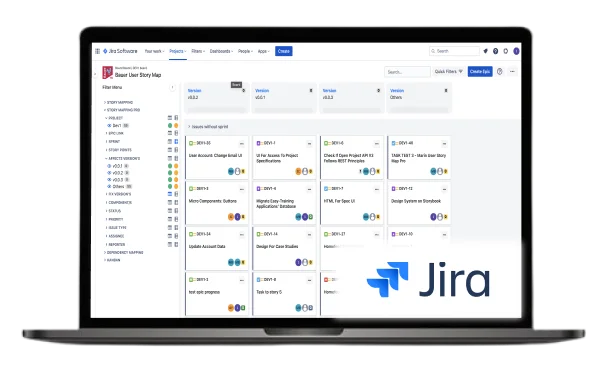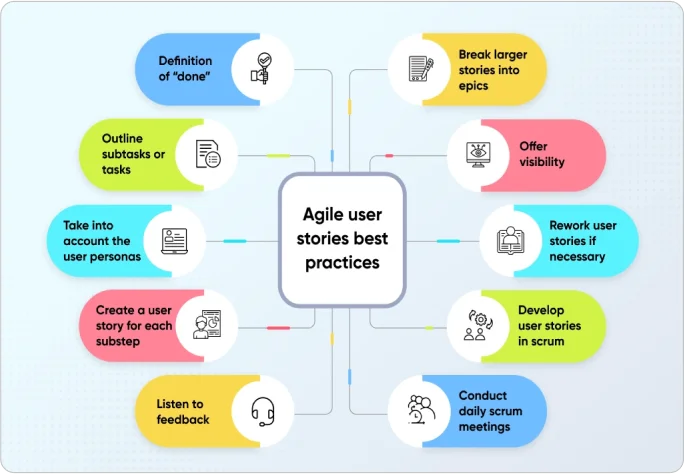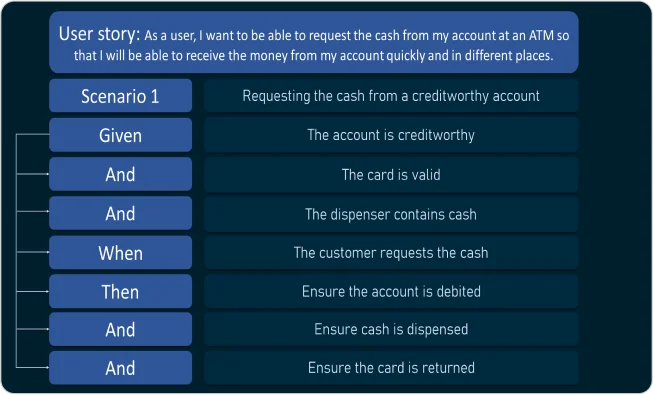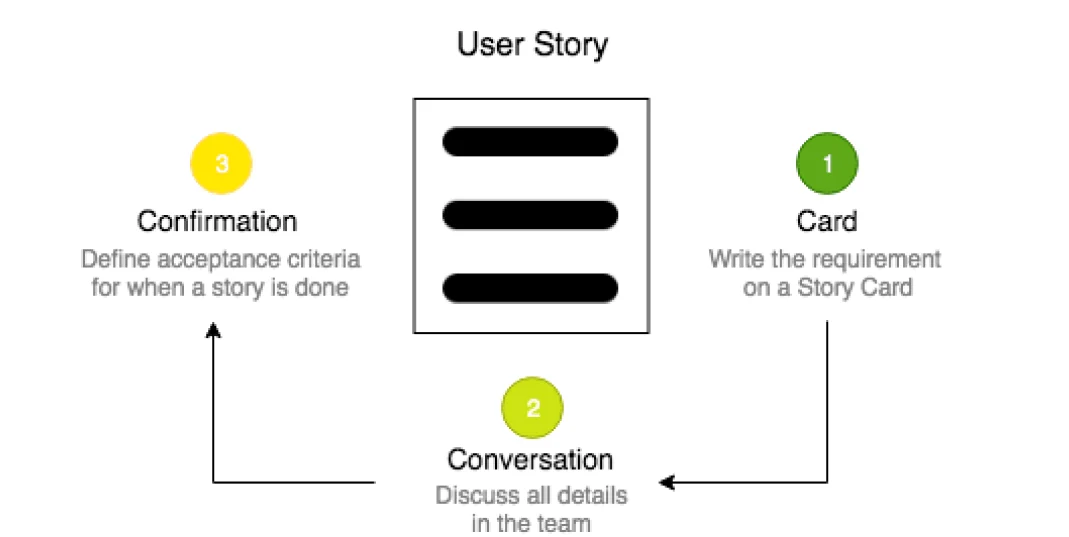User Stories
Represents a requirement expressed from the perspective of the user.


Description

As a [role],
Role
Identify the role or persona of the user who will benefit from the story. This could be a specific user, a user group, or even a system.
I want [goal/desire],
Goal/Desire
Describe what the user wants to achieve or the specific functionality they require. Focus on the user's needs and avoid technical implementation details.
so that [benefit/value].
Benefit/Value
Explain the value or benefit that the user will gain from the implementation of the story. This helps to provide context and prioritize the user story.
Acceptance Criteria
Specific conditions that must be met for a user story to be considered complete and implemented successfully.

Given that [some context],
Use the given keyword to describe the context for a business behavior. For instance: “I am a Visa Classic Cardholder"
when [some action is carried out],
Describes the action required in order to produce the output, i.e. “I pay with my Visa Classic”
then [a set of observable outcomes should occur].
Describes the expected output, i.e. “My Visa is accepted”








